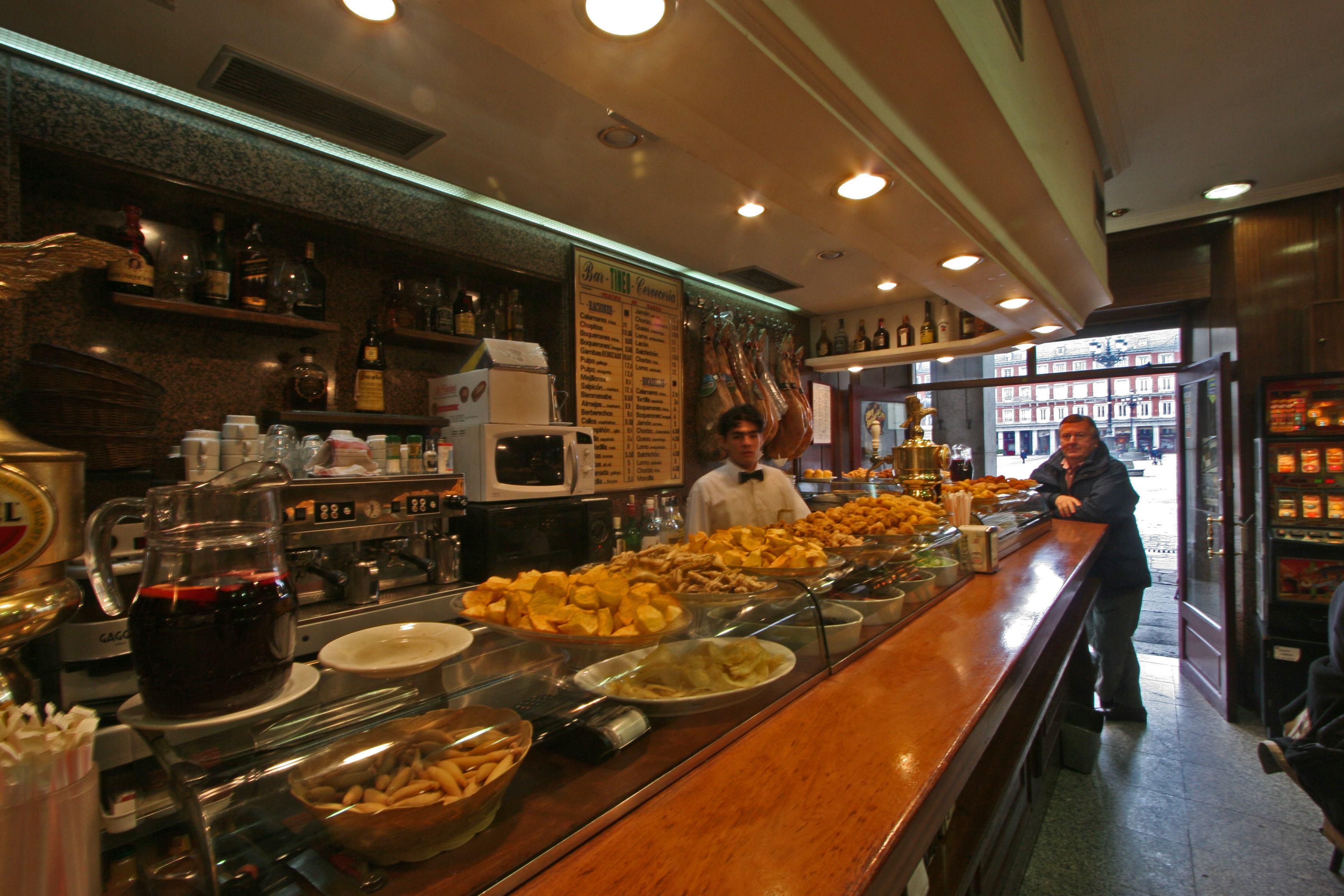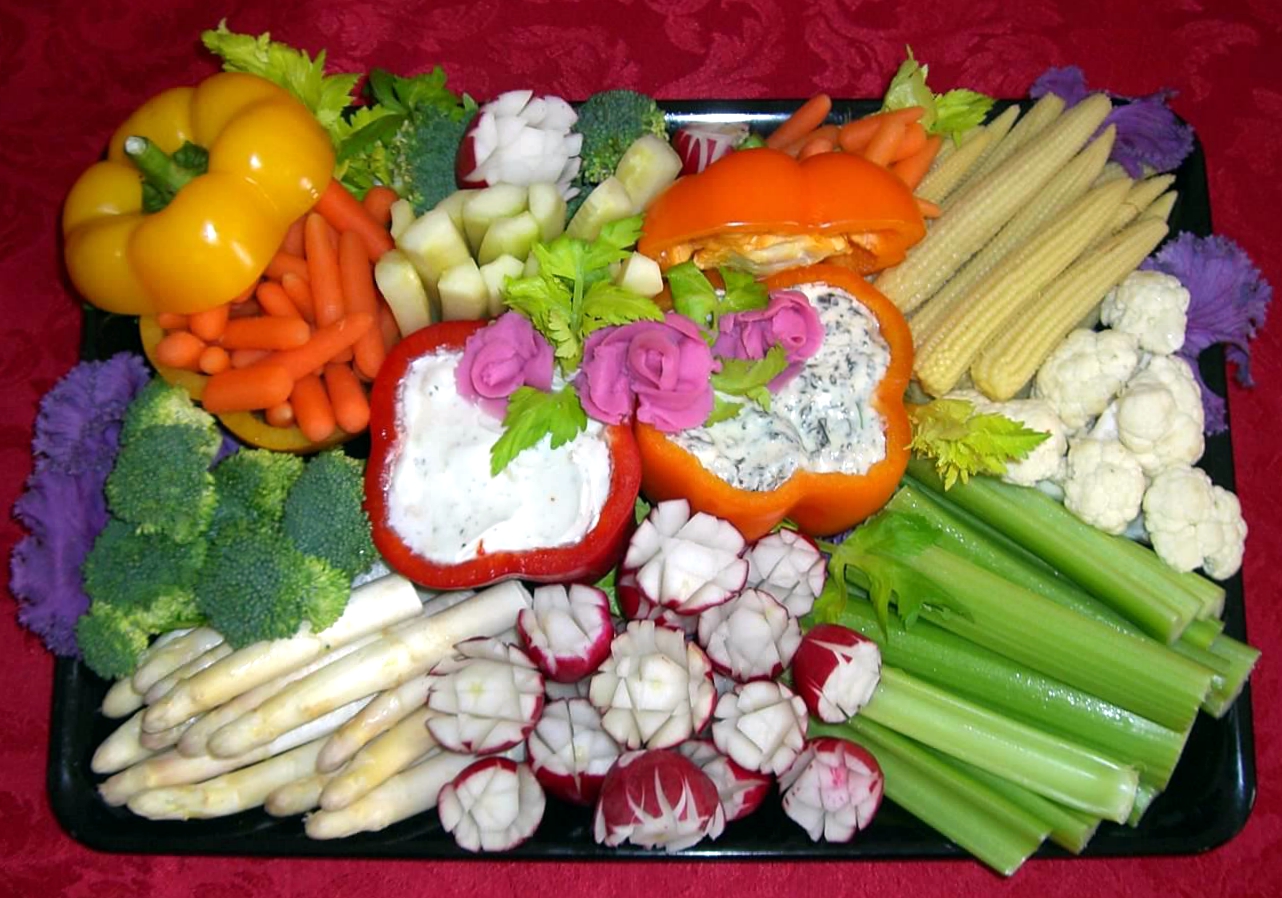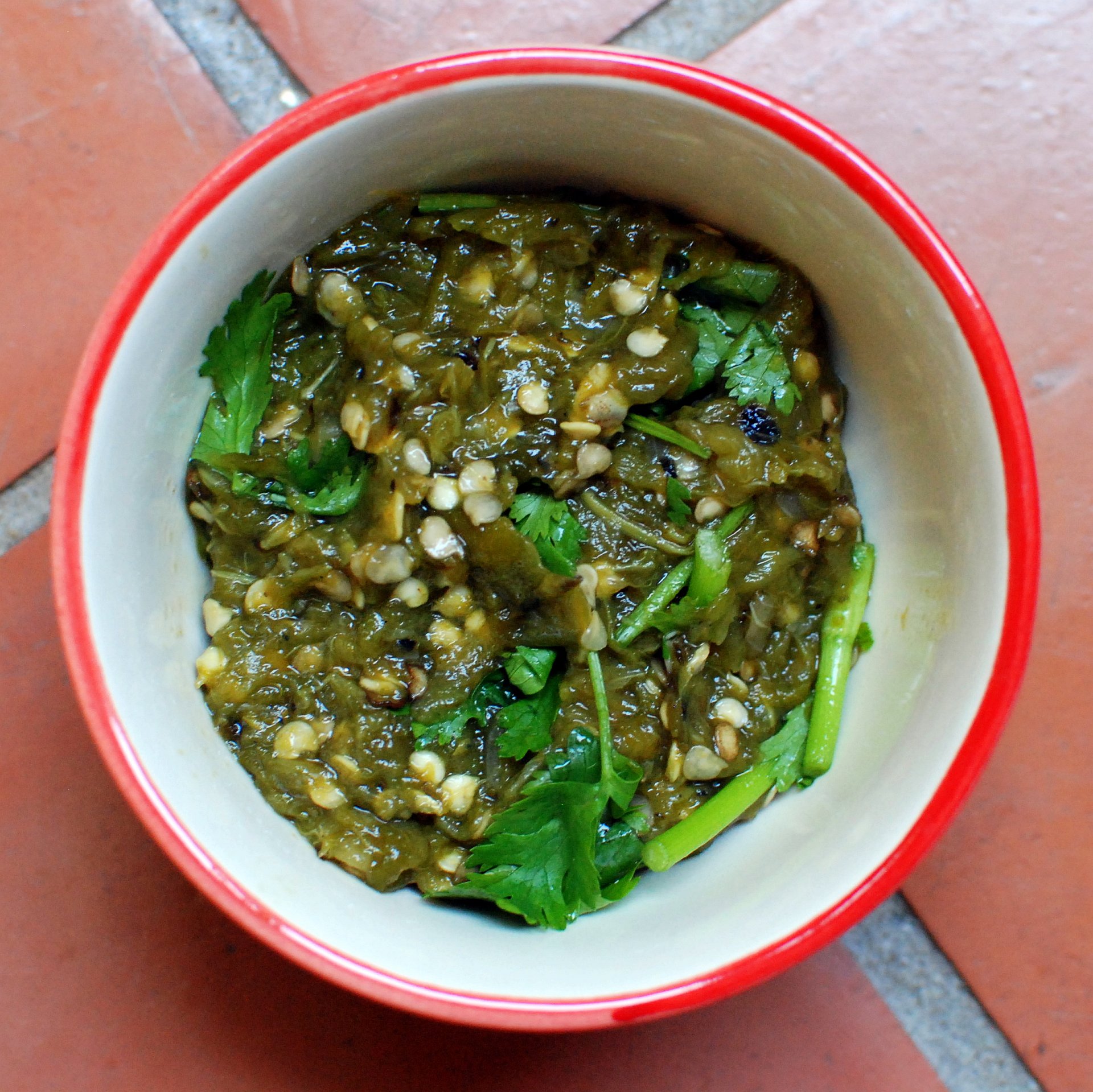|
Kap Klaem
''Kap klaem'' (, ), also known as ''ahan kap klaem'' (, ) or ''ahan klaem lao'' (, ), is the Thai term for "drinking food": foods commonly eaten while drinking. The term ''kap klaem'' can also refer to Thai drinking culture. Thai drinking culture In Thailand, drinks are almost always accompanied by food, no matter how simple the foods. According to ''Haaretz'', the term ''kap klaem'' is also used to refer to the Thai drinking culture in general. ''Kap klaem'' is served in homes, on the street, and in specialty restaurants that open in the late afternoon and are open until very early morning. According to ''Haaretz'', a typical ''kap klaem'' eating and drinking session can last three hours. Foods Many foods commonly eaten while drinking are also served as snacks or parts of a meal, but some are seldom eaten outside the context of drinking, and these are usually salty, chewy, crunchy, sour, and/or spicy, but generally not heavy or rich. Strong flavors and heavy spicing are typ ... [...More Info...] [...Related Items...] OR: [Wikipedia] [Google] [Baidu] |
Drunken Noodles
Drunken noodles or drunkard noodles is a Thai stir-fried noodle dish similar to '' phat si-io'' but spicier. In English texts, it is rendered as ''pad kee mao'', ''pad ki mao'', or ''pad kimao'' – from its Thai name , , , in which ''phat'' means 'to stir-fry' and ''khi mao'' means 'drunkard'. The dish is widely available in restaurants or at street vendors in Thailand but it is also highly popular in the United States, and has become ubiquitous on Thai restaurant menus throughout. Its name refers to it being popular among the inebriated; alcohol is not part of the ingredients or preparation as in drunken chicken. History The origin of the name behind the dish is unclear, but there are several explanations. One anecdotal explanation for the name "drunkard (or drunken) noodles" is that the meal is often consumed after a night of drinking, prepared from assorted leftovers commonly on hand and staple ingredients. Others say that the name comes through the idea that the spi ... [...More Info...] [...Related Items...] OR: [Wikipedia] [Google] [Baidu] |
Singha
Singha (; RTGS: ''Sing'') is a pale lager beer manufactured in Thailand by the Singha Corporation Co. Ltd., a subsidiary of its parent company, Boon Rawd Brewery. Singha was first brewed in 1933, and in 1939 officially endorsed by King Rama VIII by allowing the royal Garuda symbol on the bottle. It is available in over 50 countries worldwide in both standard (5% ABV) and light (3.8%) versions. Singha is brewed with 100% barley malt, three kinds of hops from Europe, and 100% artesian water. The brew is golden yellow in color, full-bodied, and rich in taste. It is packaged in bottles (330 ml and 630 ml), cans (330 ml and 490 ml), and on tap. Sponsorship Football Singha has sponsored Chelsea F.C. from 2010 to 2022. In August 2015, Singha announced a three-year partnership with Leicester City F.C. as the club's official platinum partner and exclusive beer partner. The deal also includes Singha become the official sponsor of the Spion Kop Stand. Motorsport Singha bec ... [...More Info...] [...Related Items...] OR: [Wikipedia] [Google] [Baidu] |
Tapas
Tapas () are appetisers or snacks in Spanish cuisine. They can be combined to make a full meal and are served cold (such as mixed olives and cheese) or hot (such as , which are battered, fried baby squid; or , spicy potatoes). In some bars and restaurants in Spain and across the globe, tapas have evolved into a sophisticated cuisine. In some Central American countries, such snacks are known as . In parts of Mexico, similar dishes are called ''botanas''. An individual appetizer (or single order of an item) is a . History The word "''tapas''", a plural, is derived from the Spanish verb ''tapar'', "to cover", a cognate of the English "top". Multiple theories for the term's use for appetizers exist. One theory holds that in pre-19th-century Spain few innkeepers at ''posadas'', '' albergues'' or ''bodegas'' offering meals and rooms for travellers could write and few travellers read, so guests were offered a sample of the dishes available on a "tapa" (“pot cover” in Sp ... [...More Info...] [...Related Items...] OR: [Wikipedia] [Google] [Baidu] |
Sakana
In Japan, it is customary to serve alcoholic drinks with snacks called , , or . These are usually quite salty and served in relatively small portions. Sakana are usually more substantial than tapas, although they are not considered a meal since they are not accompanied by rice. Traditionally, the Japanese regarded sake, which is made from rice, as a substitute for white rice served in a standard Japanese meal, and as a result some Japanese do not eat rice and drink alcohol simultaneously. Sakana are served in drinking establishments known as izakaya. When first seated in an izakaya, an ''otōshi'' (お通し) or appetizer is placed on the table before any drinks are ordered. The ''otōshi'' is charged to the customer as a type of cover charge. Common otoshi include cabbage salad (often refilled free of charge), Japanese-style potato salad, tsukemono, and shiokara. Sakana are ordered throughout the time one is drinking and come to the table a few at a time. It is common t ... [...More Info...] [...Related Items...] OR: [Wikipedia] [Google] [Baidu] |
Meze
''Meze'' (also spelled ''mezze'' or ''mezé'') (, ) is a selection of small dishes served as appetizers in Eastern Mediterranean cuisines. It is similar to Spanish cuisine, Spanish tapas and Italian cuisine, Italian Antipasto, antipasti. A ''meze'' may be served as a part of a multi-course meal or form a meal in itself. ''Meze'' are often served with spirits such as ''Arak (drink), arak, rakia, Rakı, raki, Oghi (drink), oghi, ouzo,'' or ''grappa'' at meyhane and ouzeri or at regular restaurants. The word meze, used in all the cuisines of the former Ottoman Empire, borrowed from Turkish meze meaning 'appetizer', which in turn had borrowed it from the Persian maze or maza (مَزه) meaning 'taste' or 'relish'. Common dishes In Turkey, ''meze'' often consist of ''beyaz peynir'' 'white cheese', ''kavun'' (sliced ripe melon), ''acılı ezme'' (hot pepper paste often with walnuts), ''haydari'' (thick strained yogurt with herbs), ''patlıcan salatası'' (cold eggplant salad), ' ... [...More Info...] [...Related Items...] OR: [Wikipedia] [Google] [Baidu] |
Hors D'oeuvre
An hors d'oeuvre ( ; ), appetiser, appetizer or starter is a small dish served before a meal in European cuisine. Some hors d'oeuvres are served cold, others hot. Hors d'oeuvres may be served at the dinner table as a part of the meal, or they may be served before seating, such as at a reception or cocktail party. Formerly, hors d'oeuvres were also served between courses.''Oxford English Dictionary'', First Edition, 189''s.v.'' Typically smaller than a main dish, an hors d'oeuvre is often designed to be eaten by hand. Hors d'oeuvre are typically served at parties as a small "snack" before a main course. Etymology in French literally means 'outside the work', that is "not part of the ordinary set of courses in a meal". In practice, it is a dish which stands on its own as a snack or supports the main course. The French spelling is the same for singular and plural usage. In English, the typographic ligature is usually replaced by the digraph and two plural forms are ac ... [...More Info...] [...Related Items...] OR: [Wikipedia] [Google] [Baidu] |
Anju (food)
''Anju'' () is a Korean term for food consumed with alcohol. It consists of a variety of foods, including both main dishes and side dishes. Consuming food with alcohol is a widespread practice in Korea, especially when the alcoholic beverage '' soju'' is involved. Certain types of foods consumed primarily as ''anju'' include '' golbaengi muchim'', '' nogari'' with peanuts, and '' jokbal''. History Until the Joseon period, alcohol was mainly served in (a type of inn or tavern), where soups with rice, along with traditional alcohol such as , were served to guests. Since the introduction of beer and Western foods into Korea, mainly from Japan in the nineteenth century, bars and pubs have enjoyed a newfound popularity, and many types of Western foods have been consumed as ''anju''. By types of beverage Some foods are considered to be best complemented by certain types of alcohol. For example, '' samgyeopsal'', grilled pork belly, is considered to go best with ''soju'', while ... [...More Info...] [...Related Items...] OR: [Wikipedia] [Google] [Baidu] |
BYOB
BYOB or BYO is an initialism and acronym concerning wine ("bring your own bottle"), liquor ("bring your own booze"), beer ("bring your own beer"), or marijuana ("bring your own bud"). BYOB is stated on an invitation to indicate that the host will not be providing alcohol, and that guests should bring their own. Some restaurants and business establishments (especially in areas where liquor licenses are difficult to obtain) allow patrons to bring their own bottle, sometimes subject to opening fees or membership conditions. Etymology Today, BYOB may mean "bring your own bottle" or "bring your own booze". BYOB is a later variant of the earlier expression, BYOL, meaning "bring your own liquor." The earliest known examples of BYOL appeared in two panels of a cartoon by Frank M. Spangler in the ''Montgomery Advertiser'' (Montgomery, Alabama), December 26, 1915, page 5. The joke was that a man received an invitation with the mysterious letters "BYOL" in place of RSVP. He looked up the ... [...More Info...] [...Related Items...] OR: [Wikipedia] [Google] [Baidu] |
Whiskey And Soda
Scotch and soda is a mixed drink consisting of Scotch whisky and soda water or other sparkling water. There is no fixed ratio of the ingredients: the amount of water can vary according to taste from a splash to several times that of the whisky. The drink can be variously served with or without ice, and sometimes also with a simple garnish such as a citrus twist. The glassware used can be any of the tumbler type, most commonly either old fashioned or highball glass. The latter, being larger, is used especially when adding ice or a relatively larger quantity of water. Using other whiskies Similar whisky-and-soda drinks can be made with other whiskies and will have largely similar characteristics. In Japan, whisky and soda, typically made of Suntory Kakubin, is synonymous with highball. A stengah is a drink made from equal measures of whisky and soda water, served over ice. In the early 20th century, it was a popular drink among British subjects in areas of the British Empire ... [...More Info...] [...Related Items...] OR: [Wikipedia] [Google] [Baidu] |
Ya Dong
''Ya dong'' ( 'infused medicine'), or more specifically ''ya dong lao'' ( 'spirit-infused medicine'), is a form of Thai herbal alcoholic drink, consisting of medicinal herbs infused in a spirit, typically ''lao khao''. It developed as a method in traditional Thai medicine for the extraction of herbal active ingredients, and was typically consumed in small amounts for perceived medicinal benefits. While ''ya dong'' may legally be prescribed as a tincture by traditional medicine practitioners, in modern times, with legal restriction on alcohol production, it has become associated with illegal spirit production and is often described in English as moonshine. It is widely seen as a drink of the lower socioeconomic class, and is usually sold from jars at streetside stalls. From 2015, however, several upscale bars have developed their own versions, and the drink has also been introduced to the United States. Cases of mass methanol poisoning have occurred in Thailand from the producti ... [...More Info...] [...Related Items...] OR: [Wikipedia] [Google] [Baidu] |
Lao Khao
''Lao khao'' (, ; ) or officially ''sura khao'' (, ) is a Thai distilled spirit. History According to Chinese source “ Yingya Shenglan” (1405–1433), Xiānluó (暹羅) had two kinds of spirits, both of which are distilled spirits. The French diplomat Simon de la Loubère, who visited Siam during the mid-Ayutthaya period, wrote about Siamese spirits: In 1790, during the reign of King Rama I, Bangyikhan Liquor Distillery was known to have been established. At this time, spirits that made at the government distillery were called ''lao rong'', (). and the private distilleries that existed everywhere were declared illegal. In 1834, English sources mention that exports of Siam included white spirits distilled from glutinous rice. The name ''lao khao'' came into existence when ''lao si'' (, ), including Mekhong, were made after World War II. Distilling lao khao in Thailand must be licensed, under the Criminal Activities Act which was introduced in the 1950s. This regulation w ... [...More Info...] [...Related Items...] OR: [Wikipedia] [Google] [Baidu] |
Nam Phrik
''Nam phrik'' (, ) is a type of Thailand, Thai Spice, spicy chili sauce typical of Thai cuisine. Usual ingredients for ''nam phrik'' type sauces are fresh or dry chilies, garlic, shallots, Lime (fruit), lime juice and often some kind of Fish paste, fish or shrimp paste. In the traditional way of preparing these sauces, the ingredients are pounded together using a mortar and pestle, with either salt or fish sauce added to taste. ''Nam phrik'' type sauces are normally served on small saucers placed by the main dish as a condiment or dip (food), dip for bland preparations, such as raw or boiled greens, fish, poultry and meats. Depending on the type, the region and the family that prepares it, ''nam phrik'' may vary in texture from a liquid to a paste to an almost dry, granular, or powdery consistency. Instead of ''khrueang kaeng'' or ''phrik kaeng'', the words ''nam phrik'' can also be used to denote Thai curry pastes such as in ''nam phrik kaeng som'' for ''kaeng som'' or ''nam phr ... [...More Info...] [...Related Items...] OR: [Wikipedia] [Google] [Baidu] |




